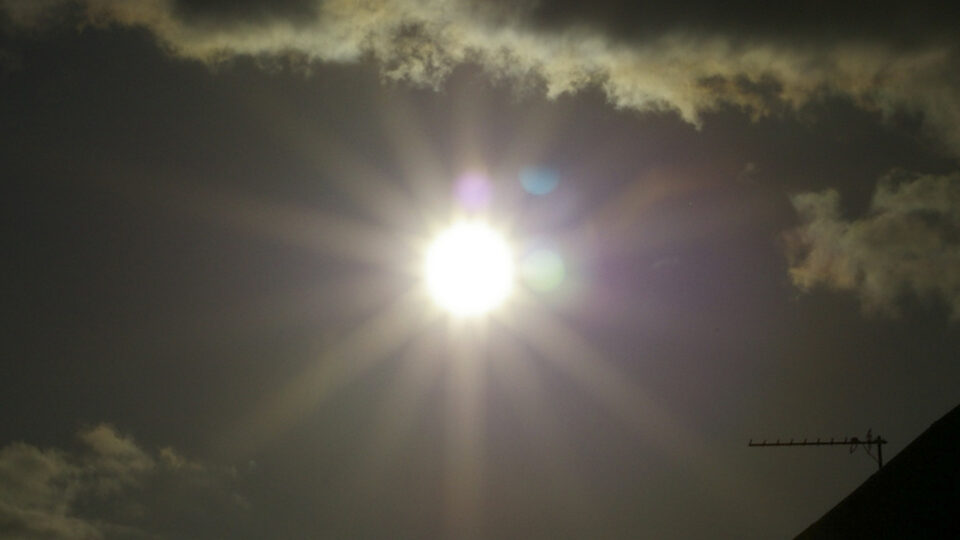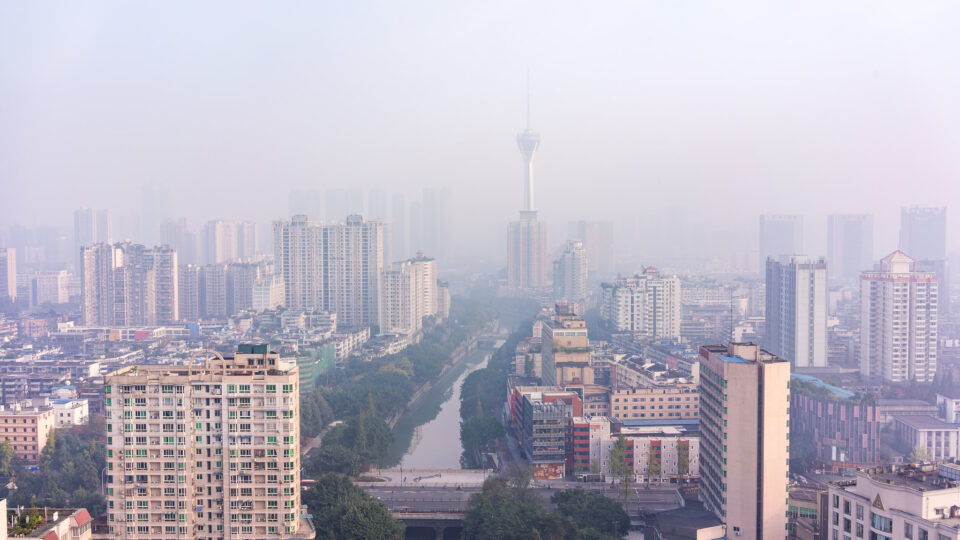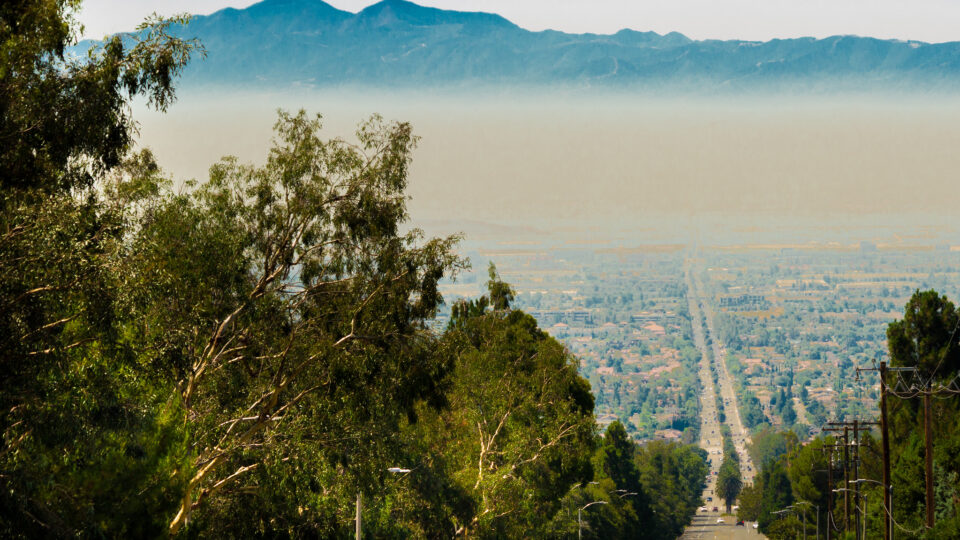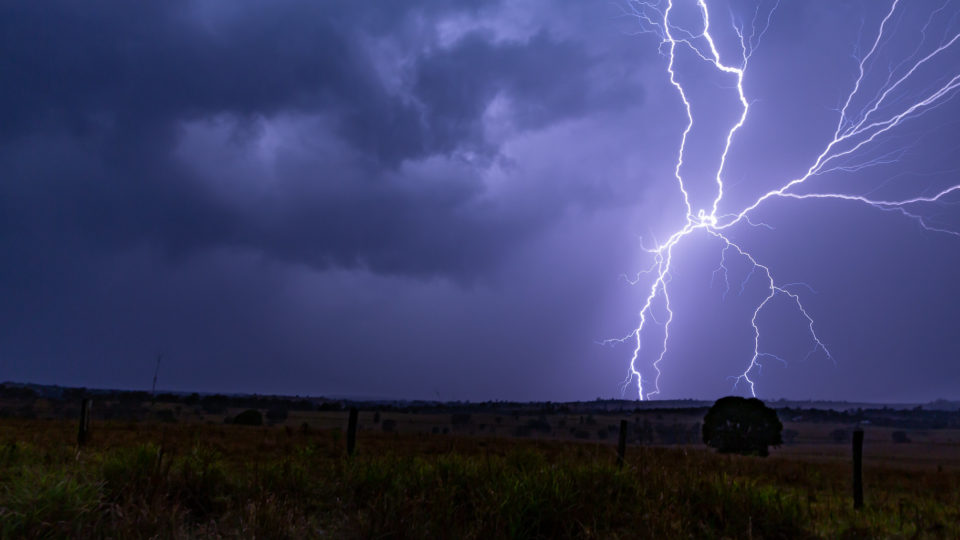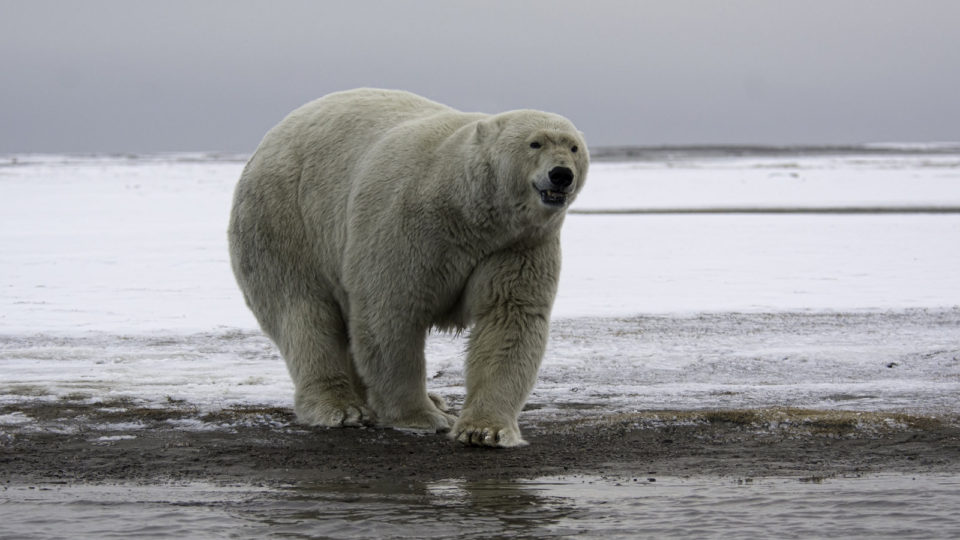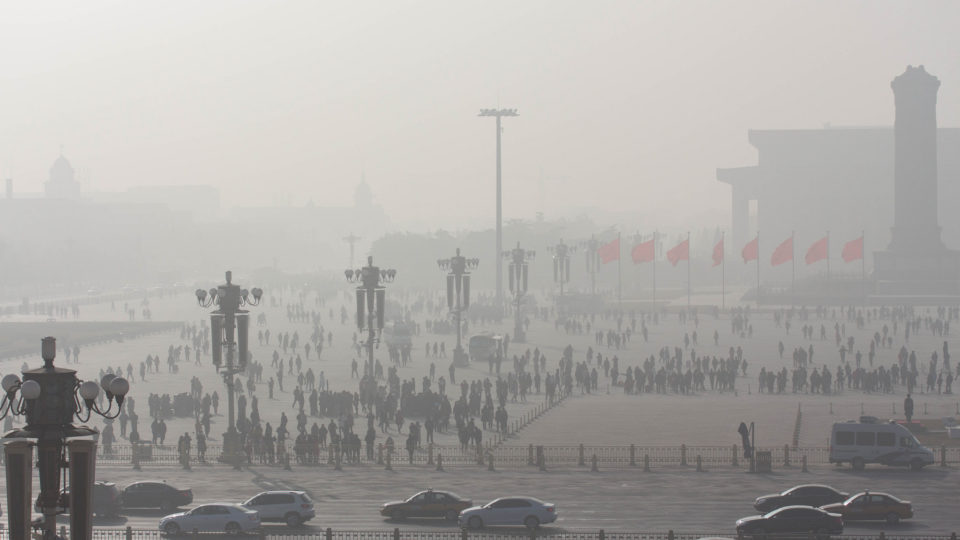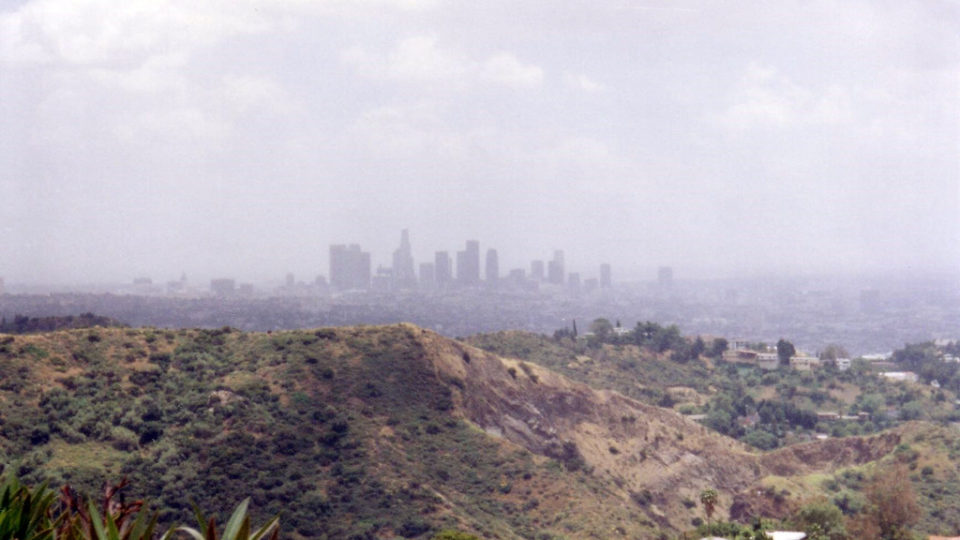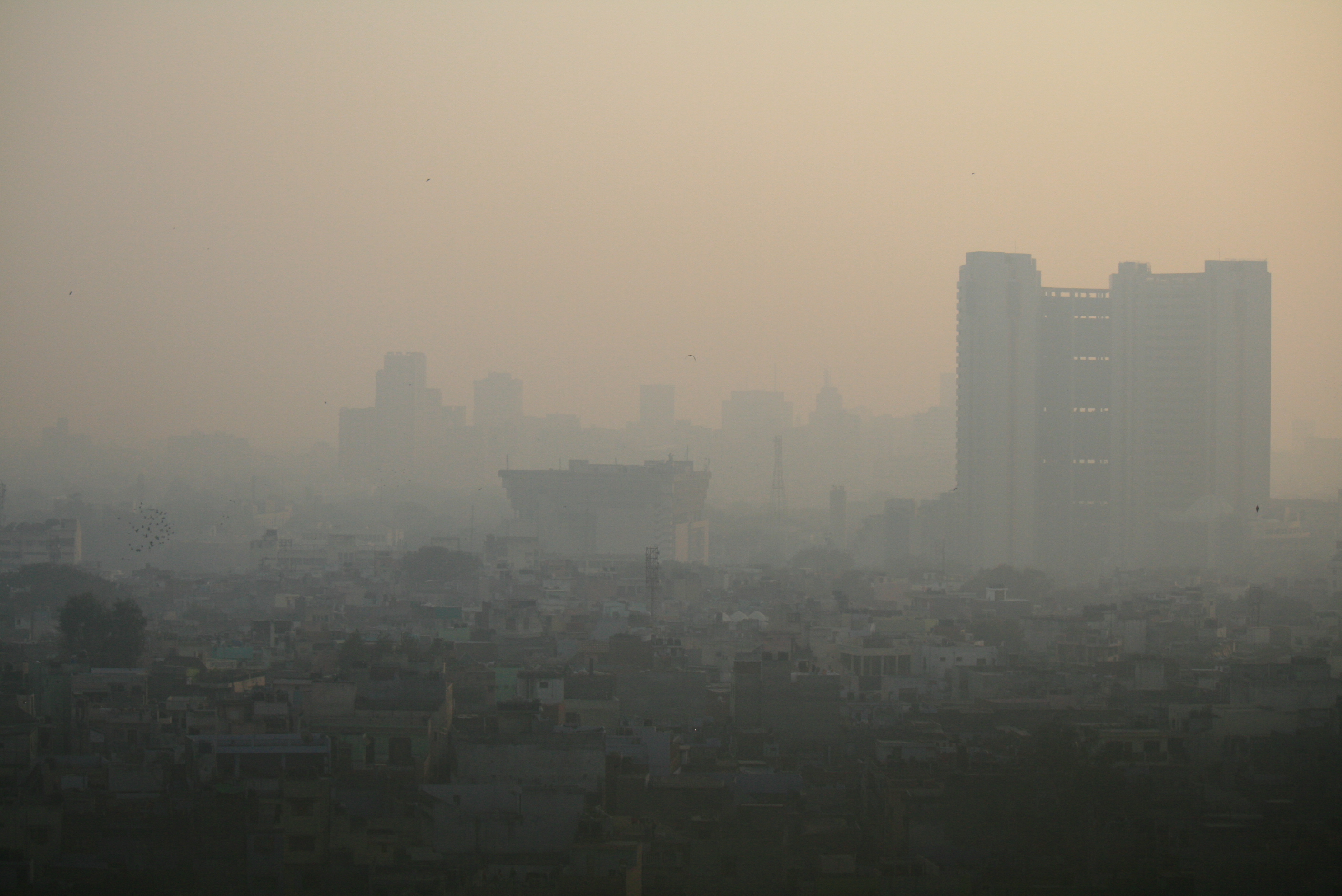The European heatwave in the summer of 2003 resulted in at least 30,000 deaths with more than 14,000 in France alone. At the time, such a heatwave was considered to be a once-in-a-hundred-year event. But the warming climate is dramatically changing the odds for deadly heatwaves.
A new study by the ETH Institute in Zurich has found that the risk of fatal heatwaves has risen sharply over the past 20 years, and in the future, such extreme weather will become more frequent and heat-related excess mortality will increase, particularly in Europe. According to a paper published in Nature Medicine, more than 61,000 deaths in Europe could be blamed on the heat during the summer of 2022, which was the hottest summer on record for the continent. When the readings from this summer are analyzed, that record is likely to be surpassed.
Heatwaves lead to excess deaths due to dehydration, heat stroke, and cardiovascular collapse. They are particularly deadly for the elderly, the sick, and the poor. The ETH researchers analyzed comprehensive data from 748 cities and communities in 47 countries. They determined the relationship between increased temperature and excess mortality. Their models look at how excess mortality would develop with an average global temperature increase of 0.7 degrees Celsius (the value in 2000), 1.2 degrees (the value in 2020), and both 1.5 degrees (the limit sought by the Paris Agreement) and 2 degrees.
Even with the current global temperature, heatwaves that were a once-in-a-century event are now expected to occur every 10 years. With 2 degrees of warming, such heatwaves could happen every 2 to 5 years.
**********
Web Links
Heatwaves are becoming more frequent and more deadly
Photo, posted July 22, 2009, courtesy of Matt McGee via Flickr.
Earth Wise is a production of WAMC Northeast Public Radio



